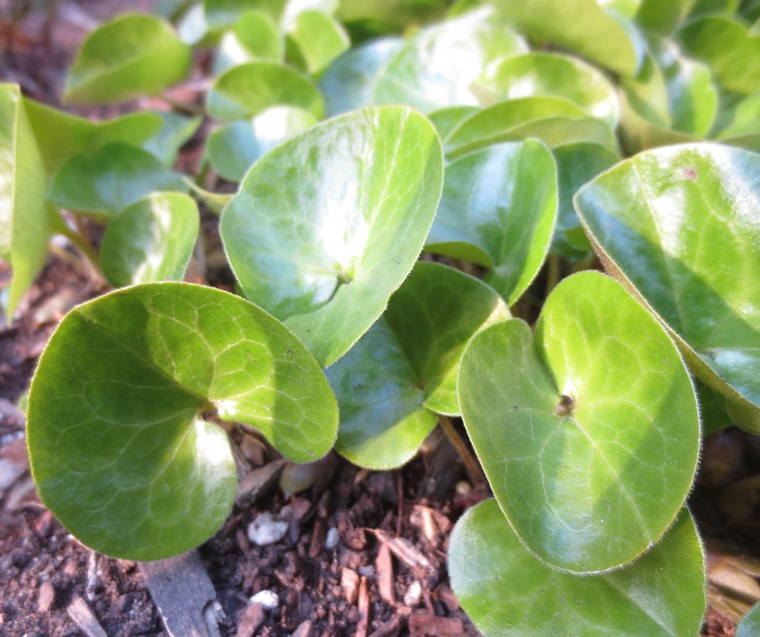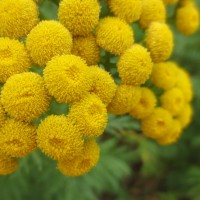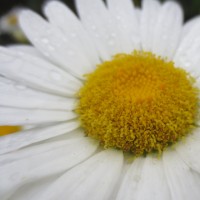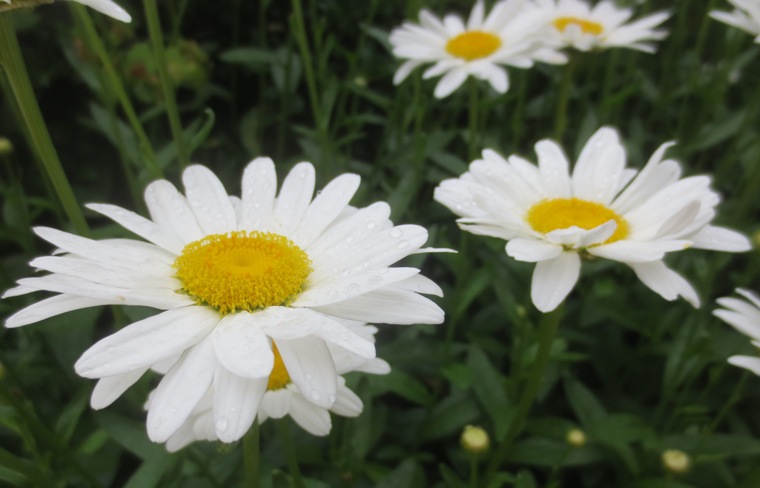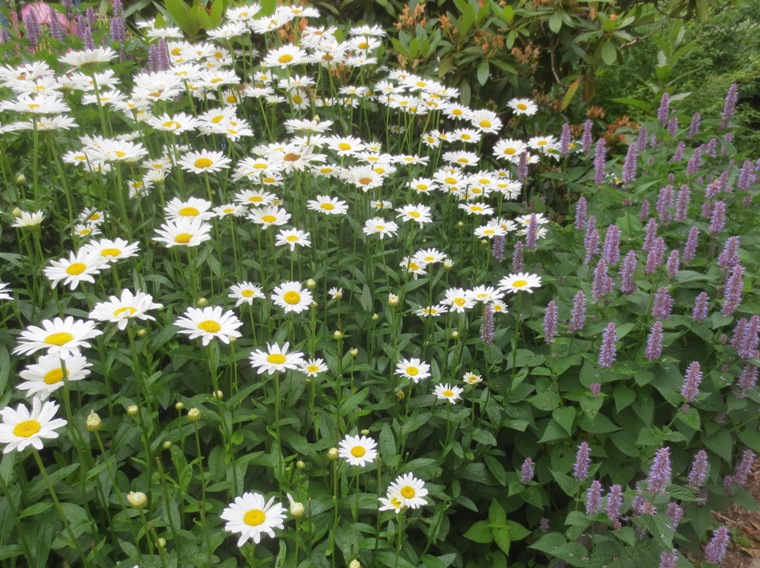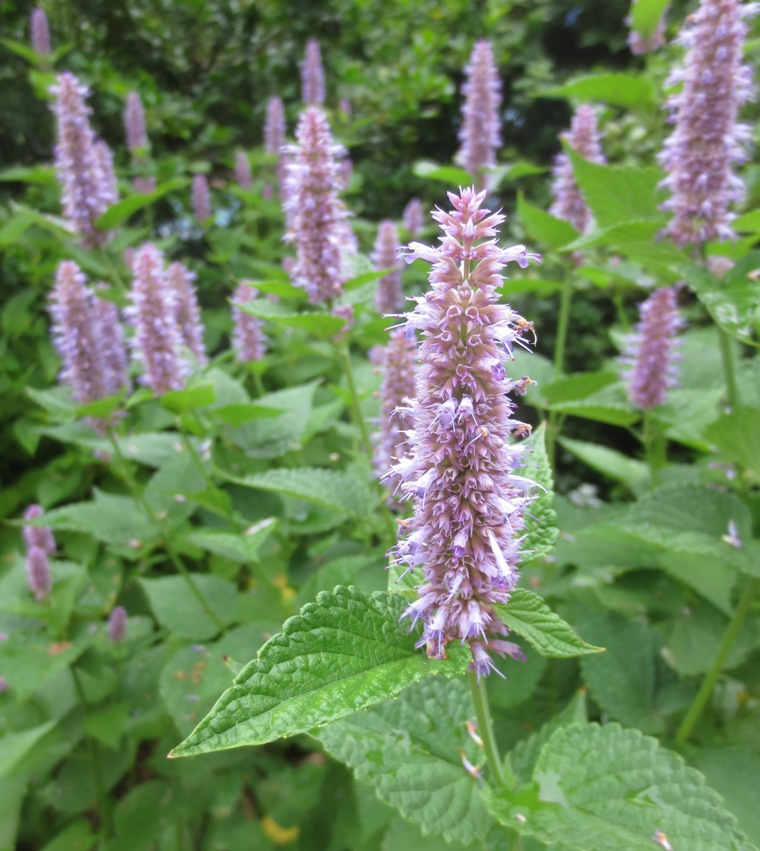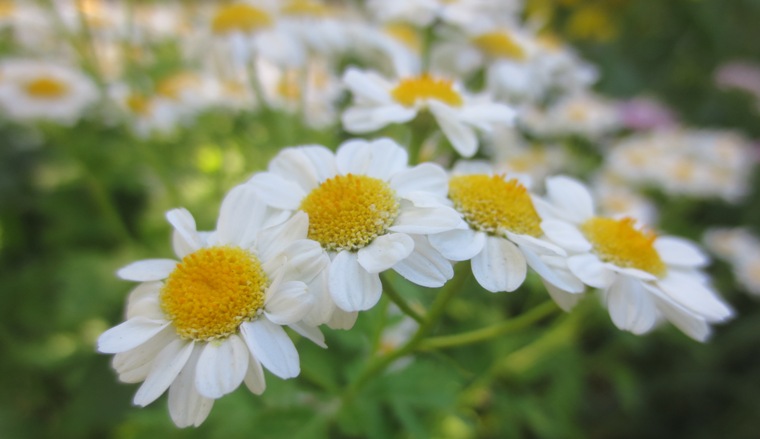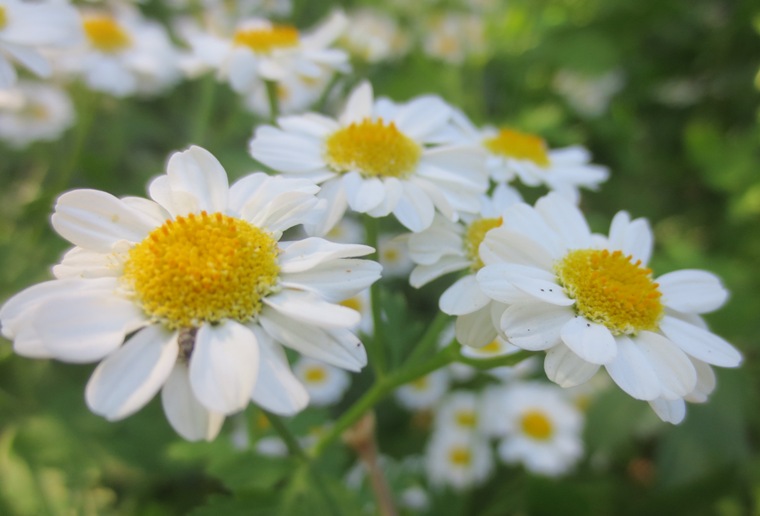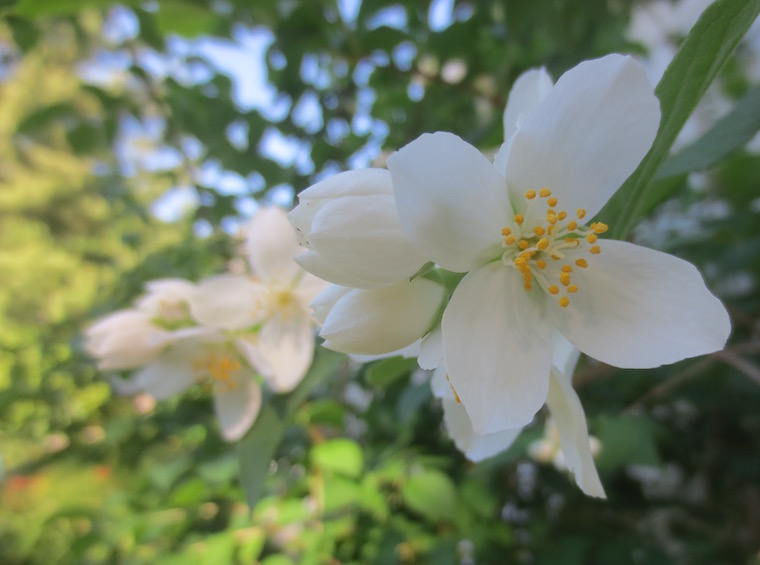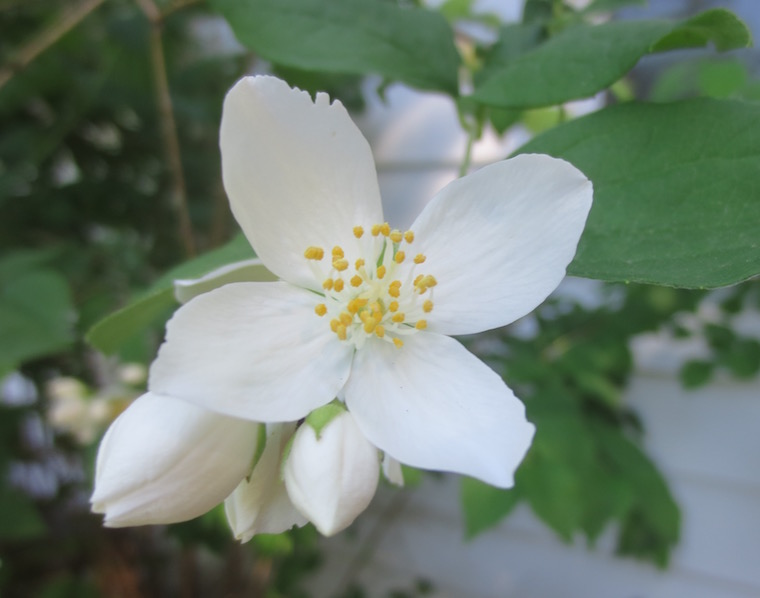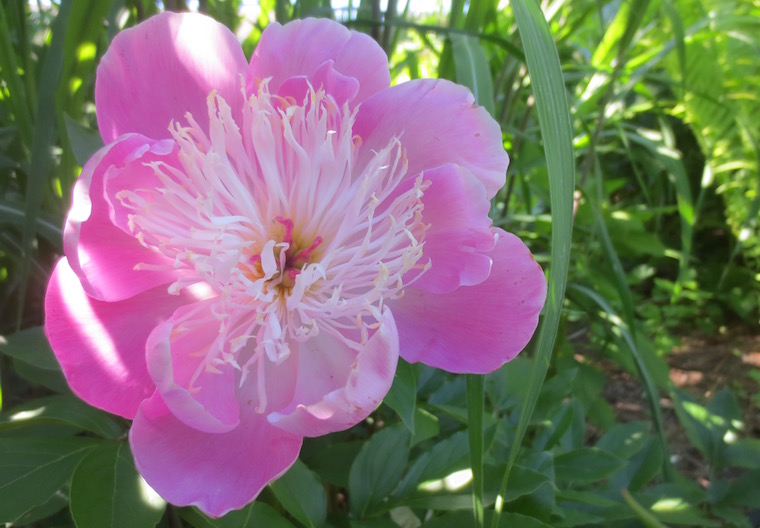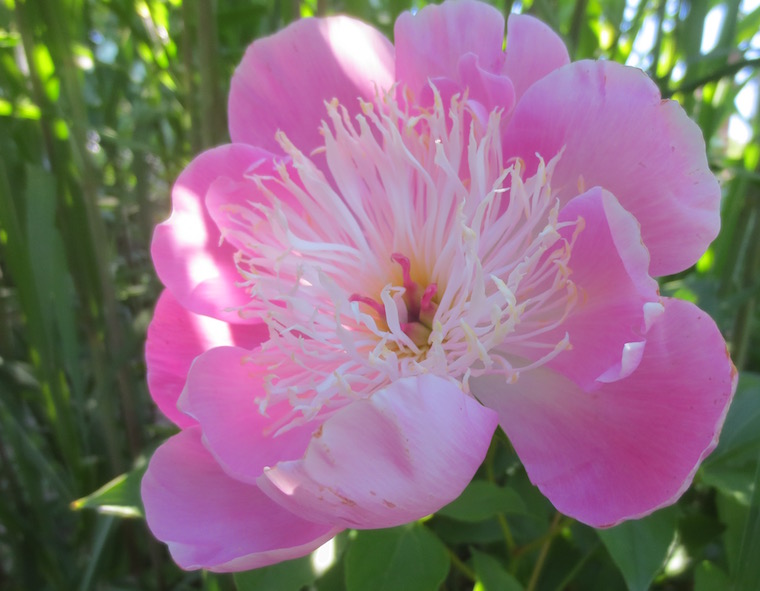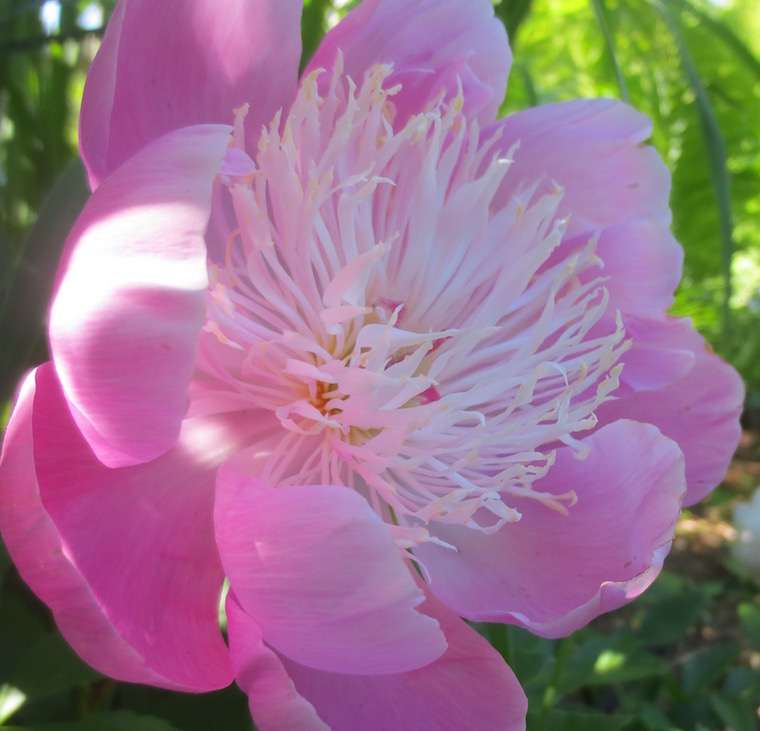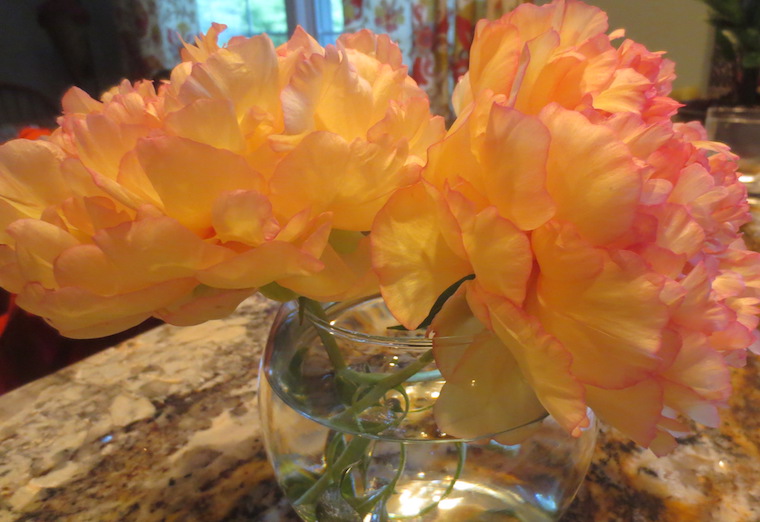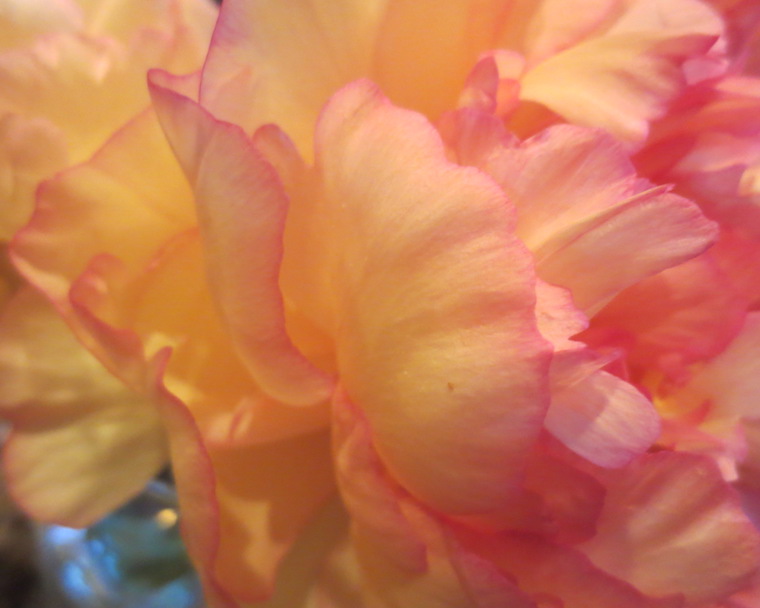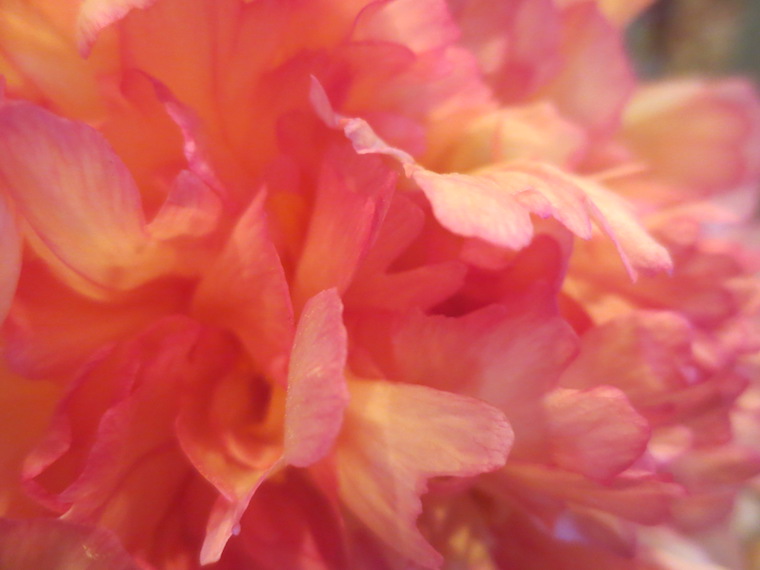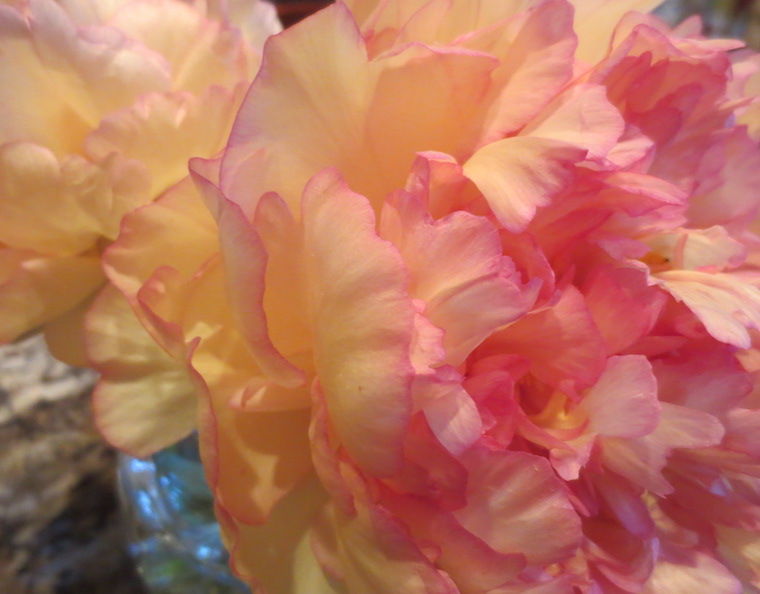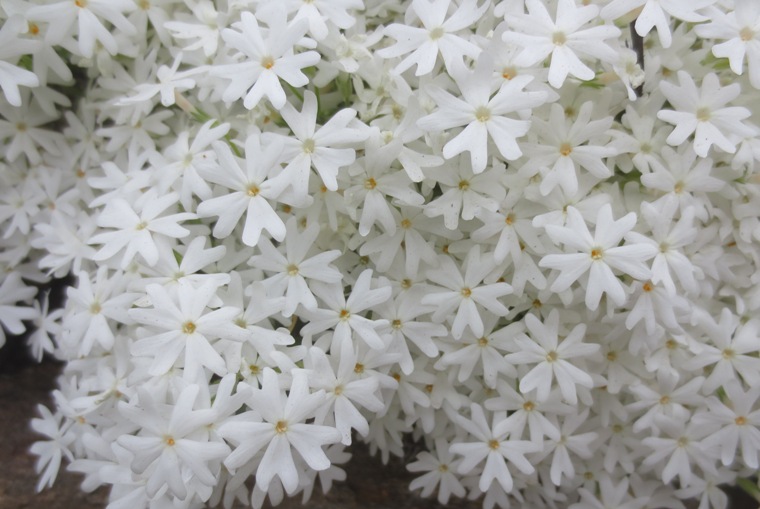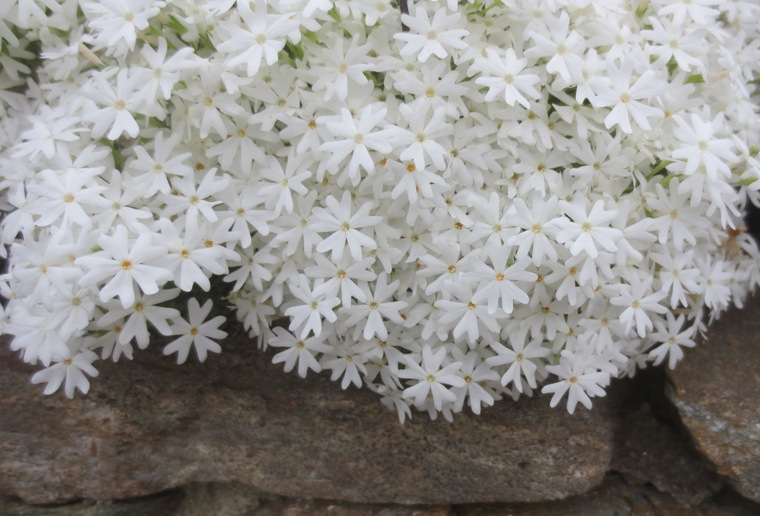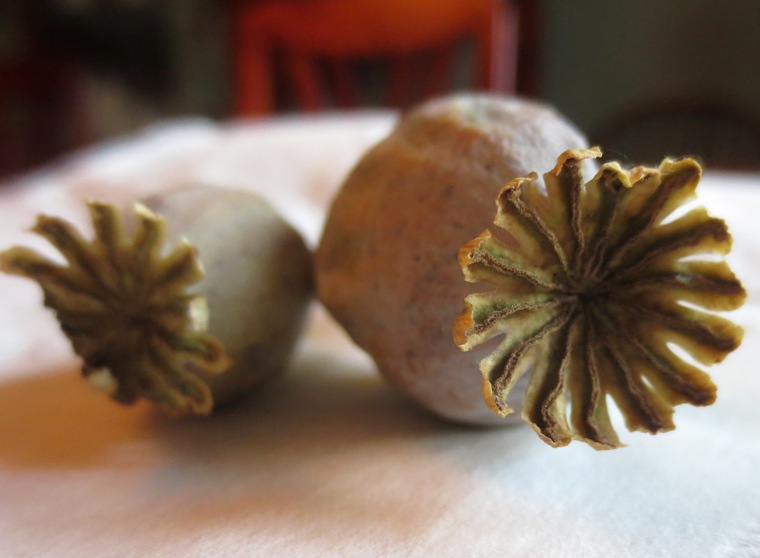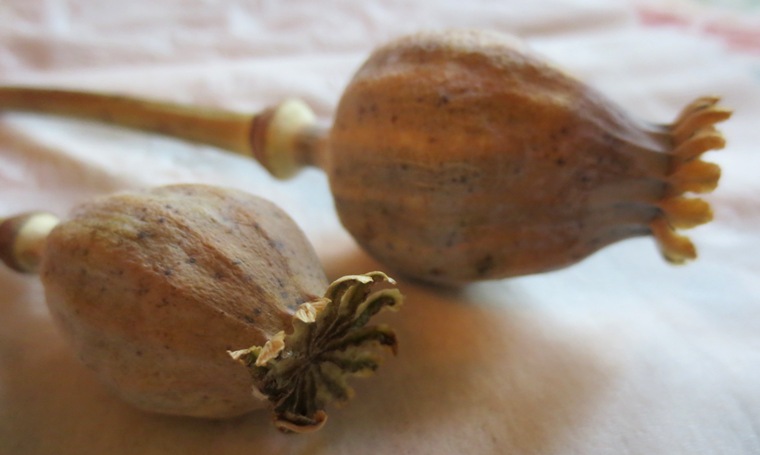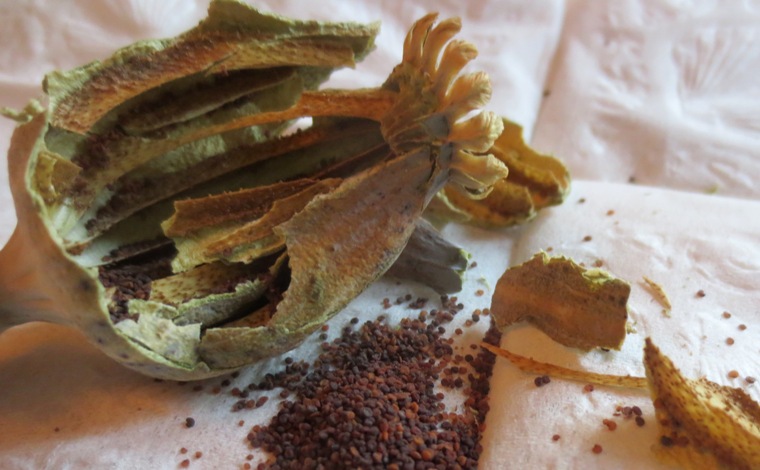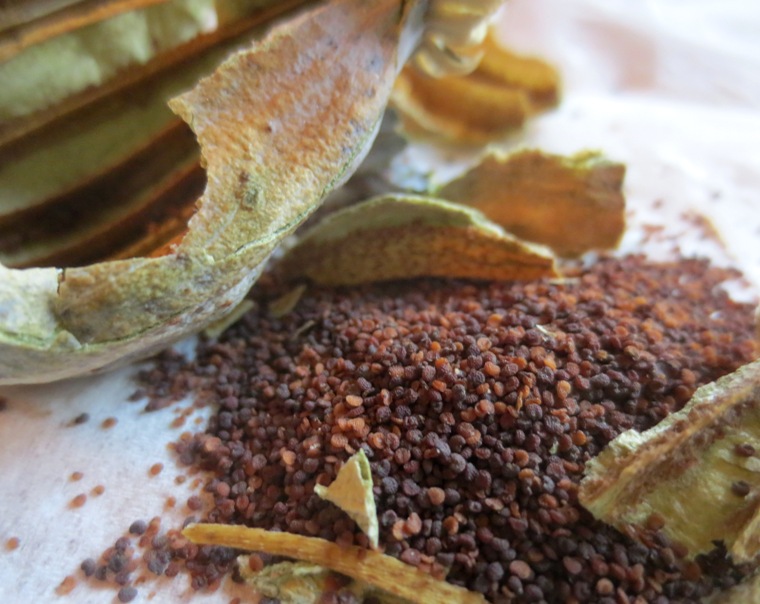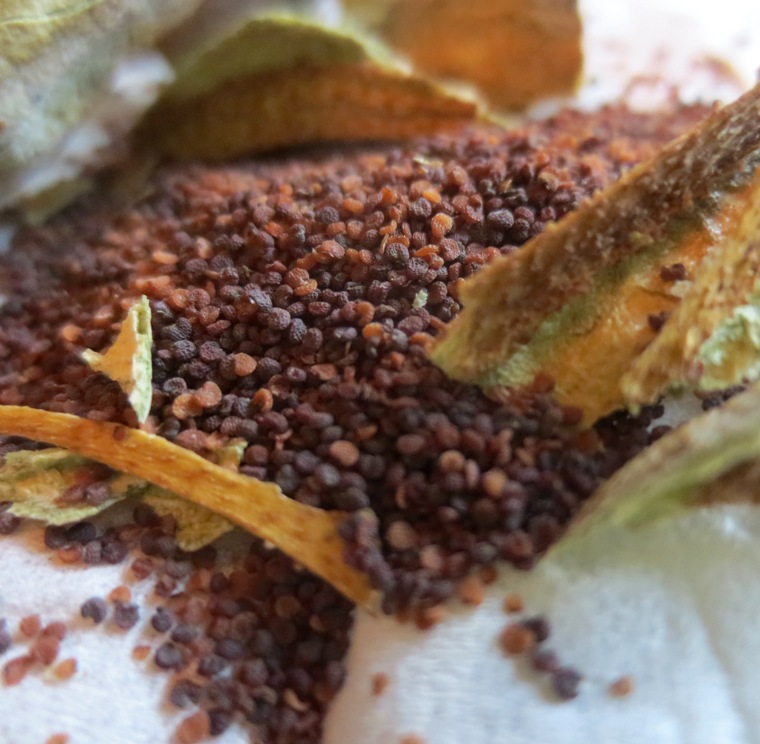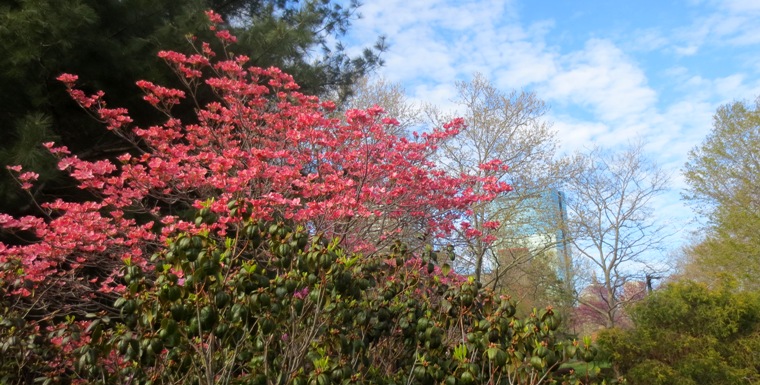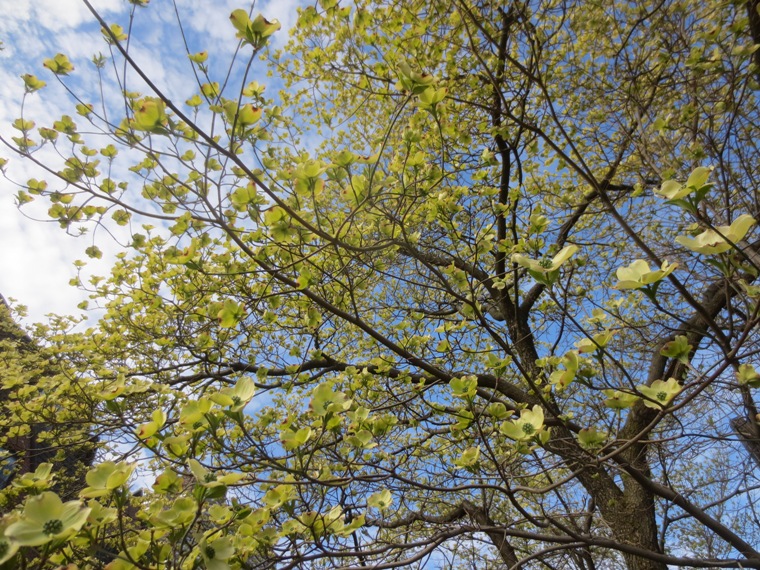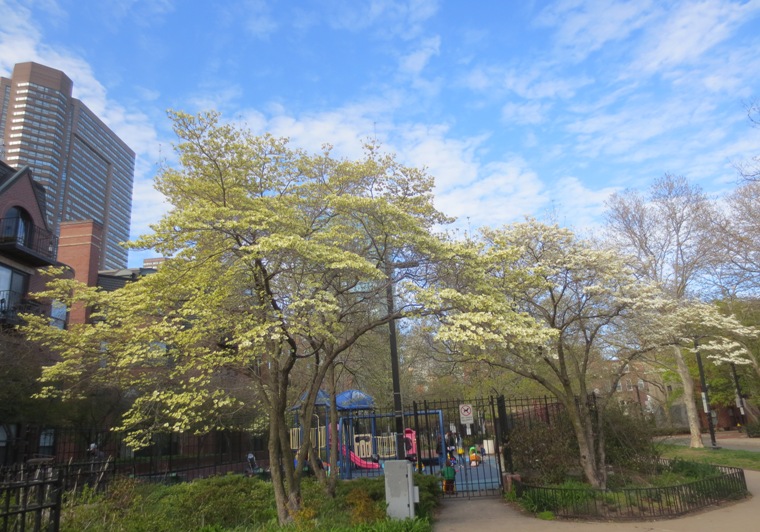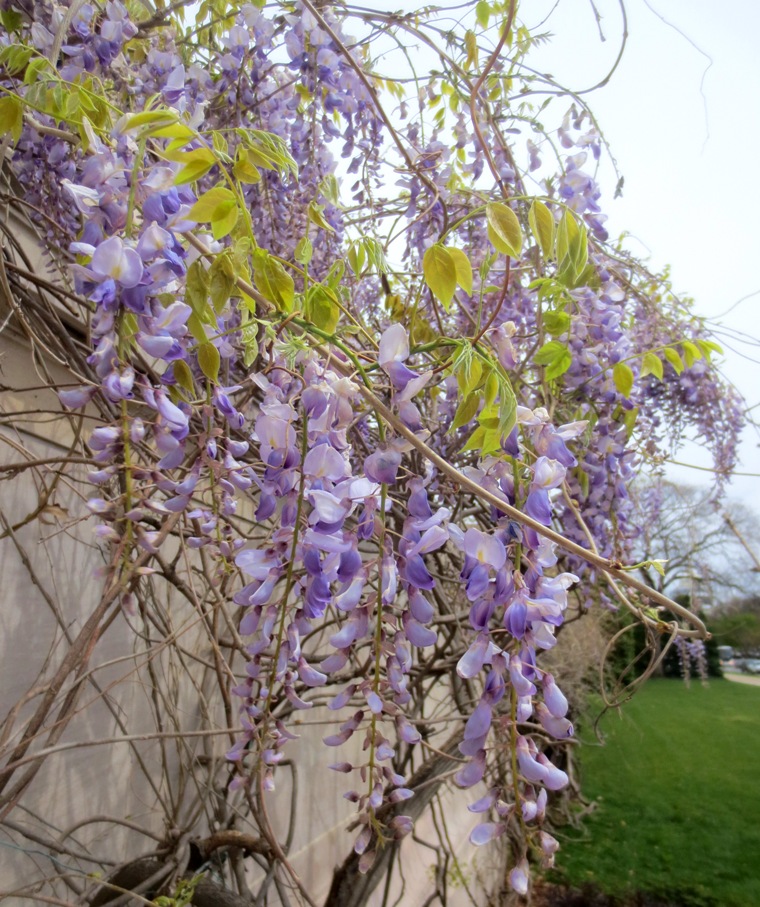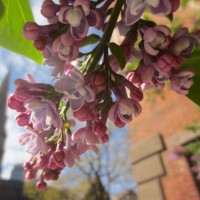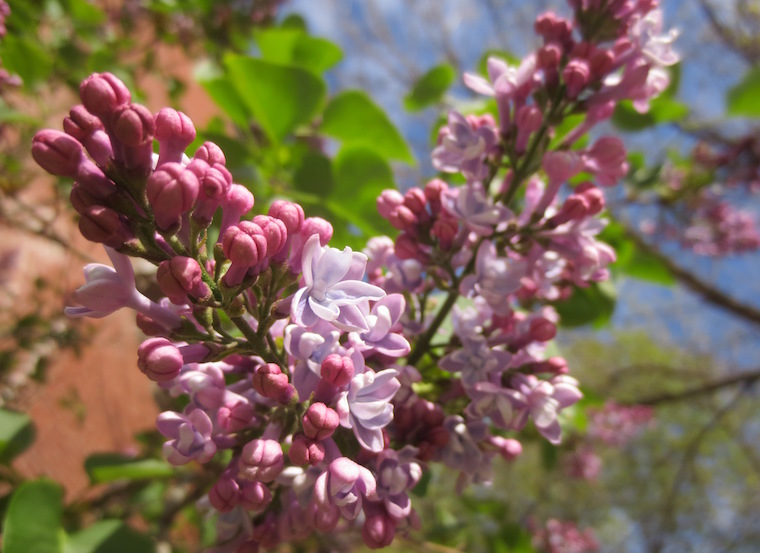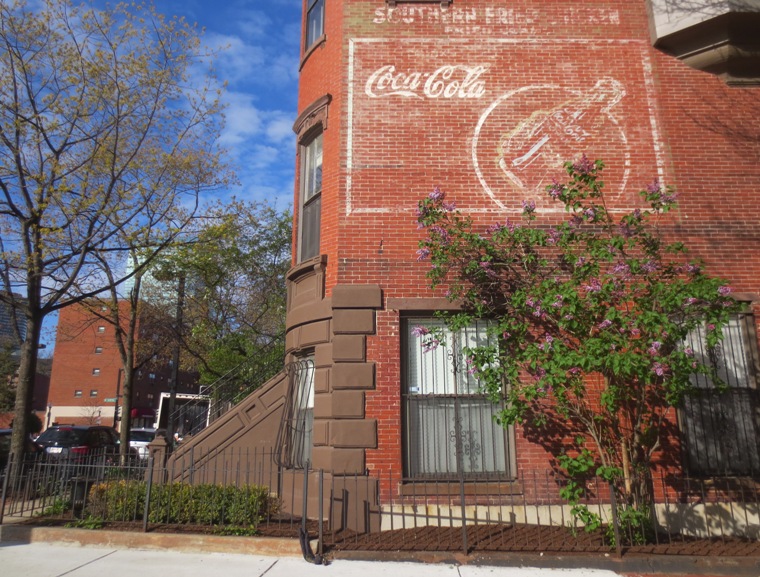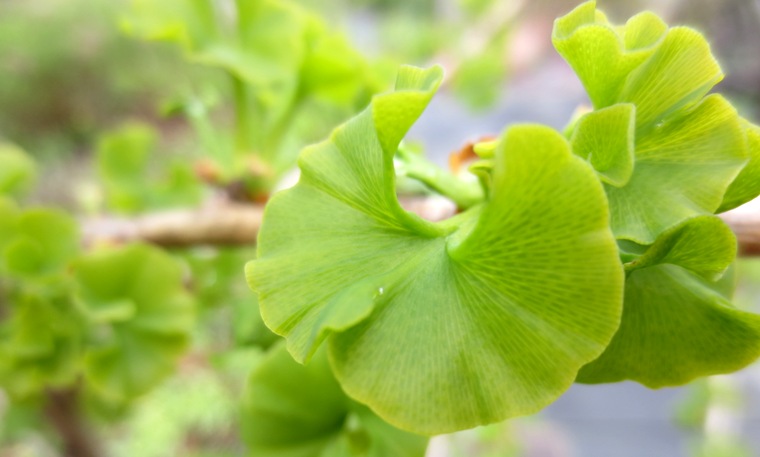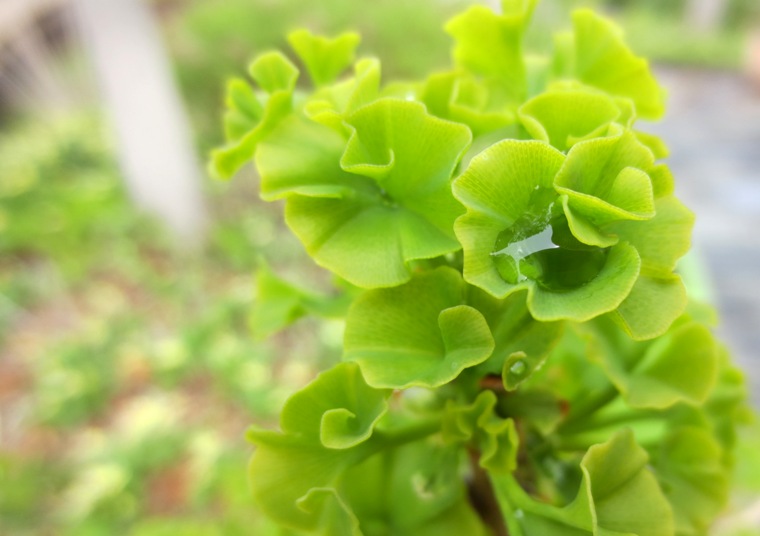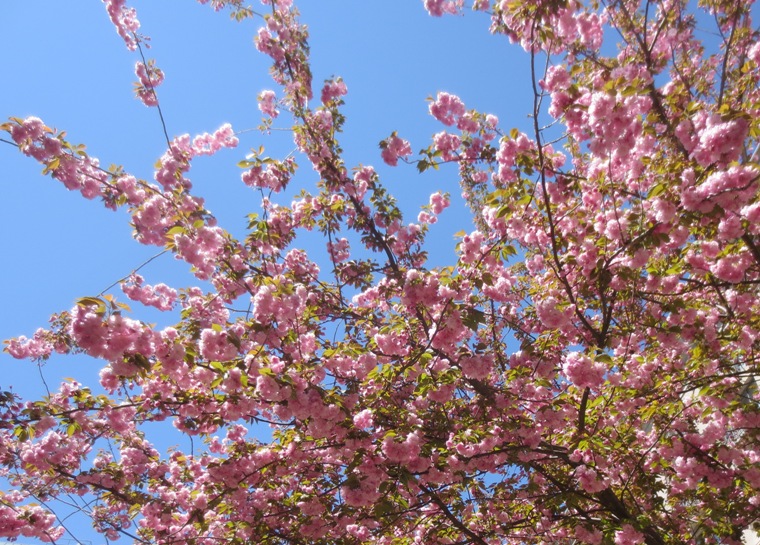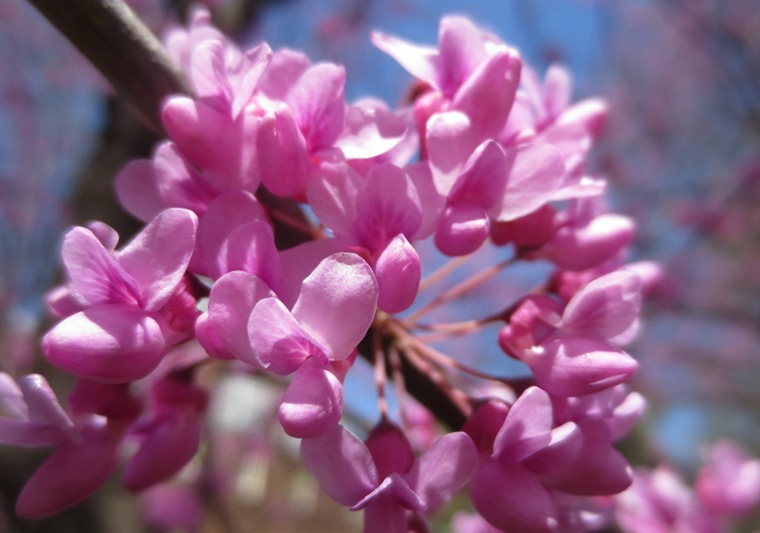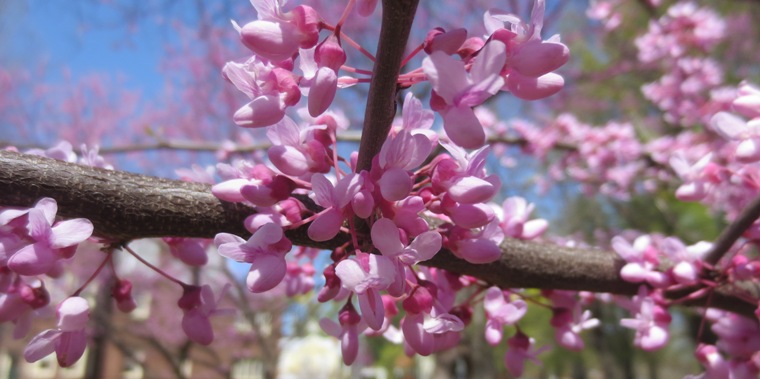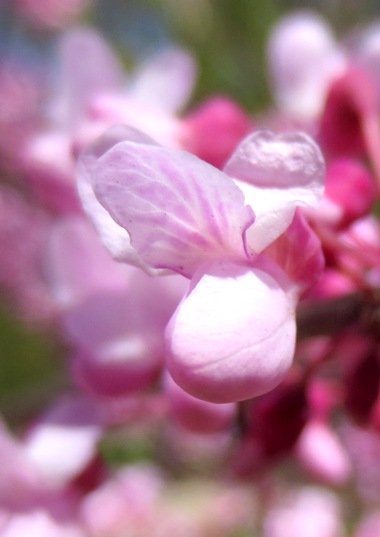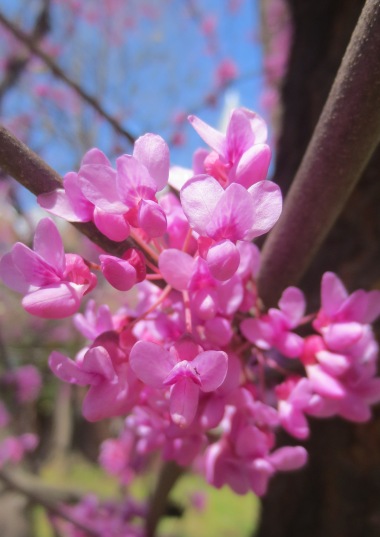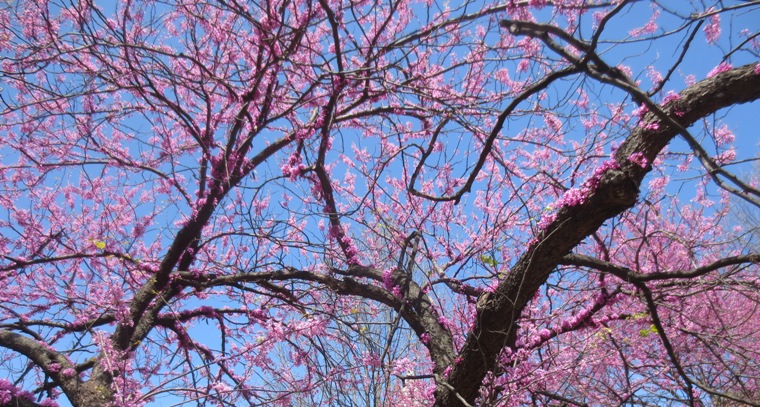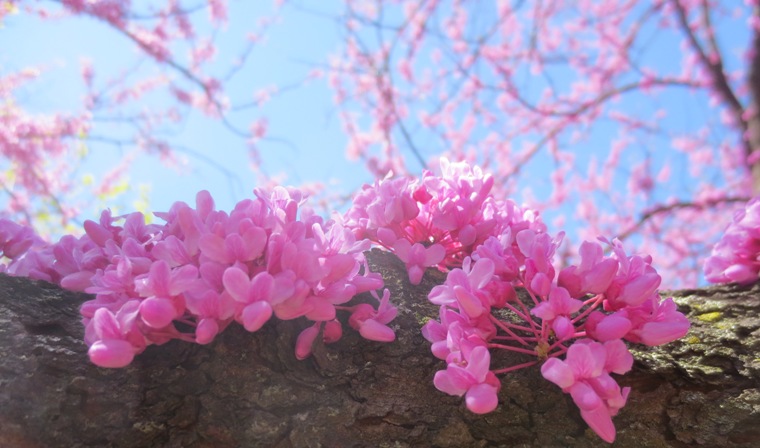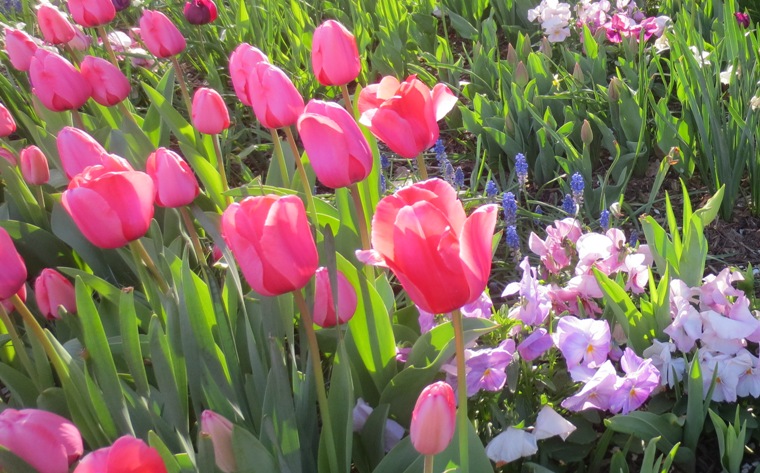It was on the back cover of the first White Flower Farm catalog that arrived at our house, and I was immediately smitten. There, next to a stand of Ostrich Plume astilbe, was the most beautiful foliage plant I’d ever seen. Deceptively presented, it looked much larger than it was in real life, and the leaves were mottled in a less-glossy version than what is seen here, but the beauty of European ginger was apparent at any size or finish. I was just beginning my garden education, and this was one of the first Latin names I stored in the back of my head: Asarum europaeum. It was also one of the first purchases I begged my Mom to make.
Back then, the White Flower Farm catalog was the standard against which most gardening catalogs were judged, starting with its five-dollar price-tag (an exorbitant amount for something that was usually sent out for free). That sum was recouped on the first order, which included a small 3-inch pot of European ginger. I had grand visions of this plant multiplying and filling in the nooks of my newly-created woodland garden, but when I placed in in that rugged, rough, untilled and unamended soil, it barely survived its first winter.
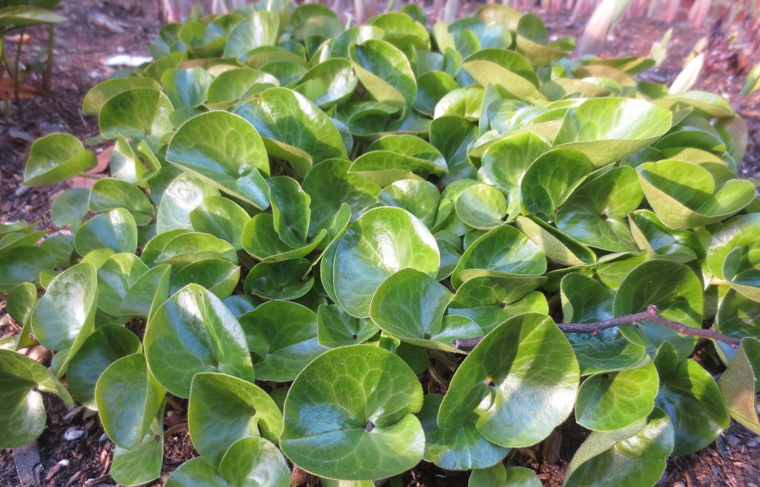
I hadn’t yet realized the importance of proper soil preparation, and placement. Just because I wanted something to grow in a specific spot did not mean that it would. Beneath the heavy shade of pine and oak that resulted in an almost impenetrable canopy, much would refuse to grow, until I “moved†(ok, stole) a few ostrich ferns from a neighbor’s forgotten stand. (In my defense, the new neighbors didn’t even realize there was a fern garden that far back, so no one was really the wiser. Besides, this species of fern does so well it was only a matter of a few years before the original stand was back to where it started from.)
These took off in ways that my sorry Asarum could never manage. It gave up after the second year. Another lesson of listening to what the garden tells you: thirty years later, some of those ferns still remain, while the Asarum remains something I admire from afar (and in other gardens, from where these photos were snapped).
